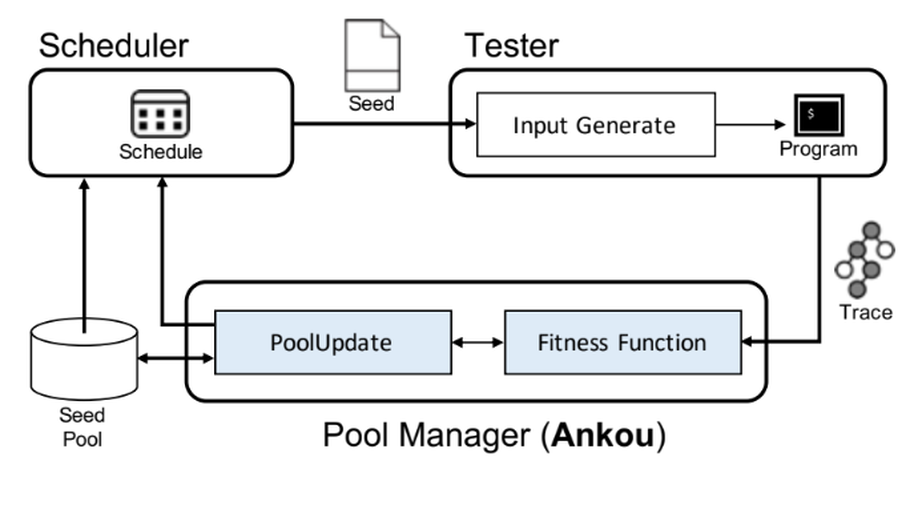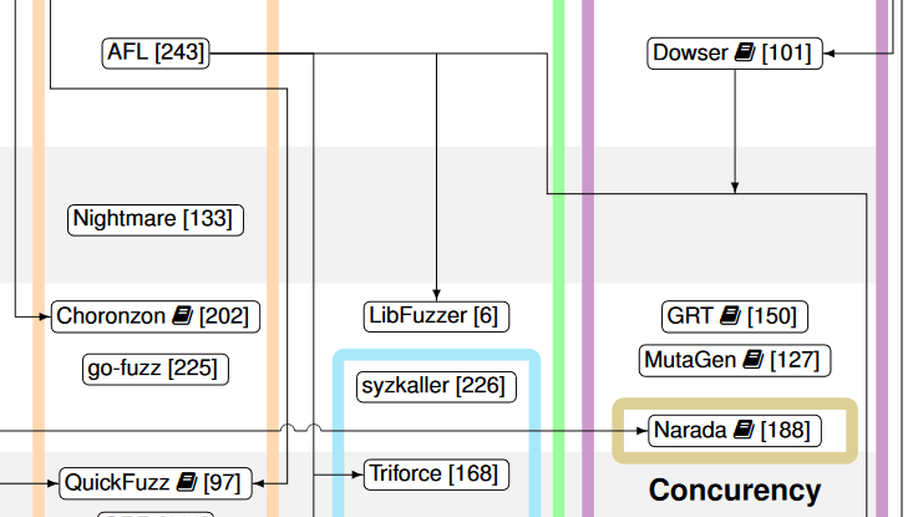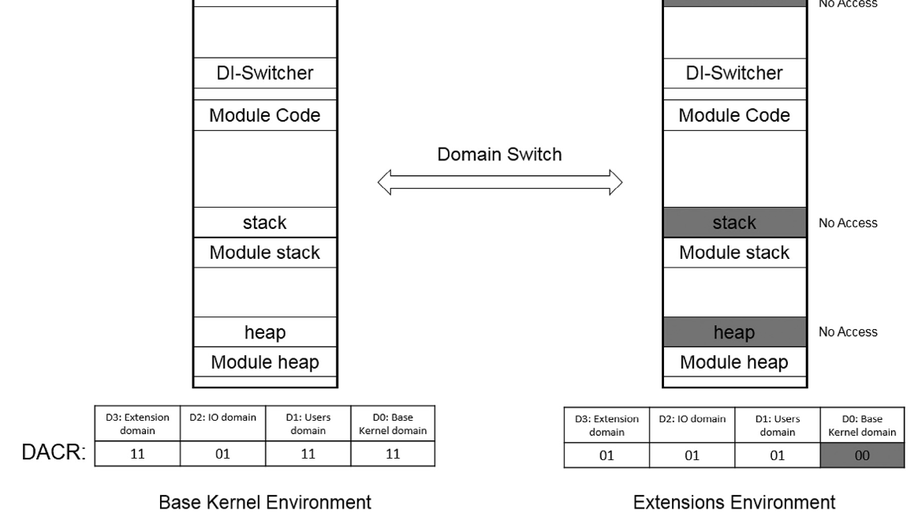About Me
👋 Hi I’m Valentin. Curiosity backed by rapid learning ability drives my career. I thrive on mastering new domains and technologies quickly:
- 🔍 Within 2 years, went from fuzzing novice to publishing the field’s most cited survey and contributing code to LibFuzzer that became the default in Google’s OSS-Fuzz
- 💻 Demonstrated versatility by quickly mastering new tech stacks: from research to production backend engineering at Qonto (Ruby/SQL), data engineering at PacketAI (Kafka/ELK), and Web3 development at Violet (React/Node.js)
- 🚀 Recently co-founded an AI startup focused on automating video content creation, building a full-stack prototype integrating multiple AI services (GPT, ElevenLabs, Stability AI)
My approach focuses on building clear mental models that cut through complexity - getting 95% of results with 20% of the effort through strategic learning and implementation.
“The most important trick to be happy is to realize that happiness is a choice that you make." — Naval Ravikant







